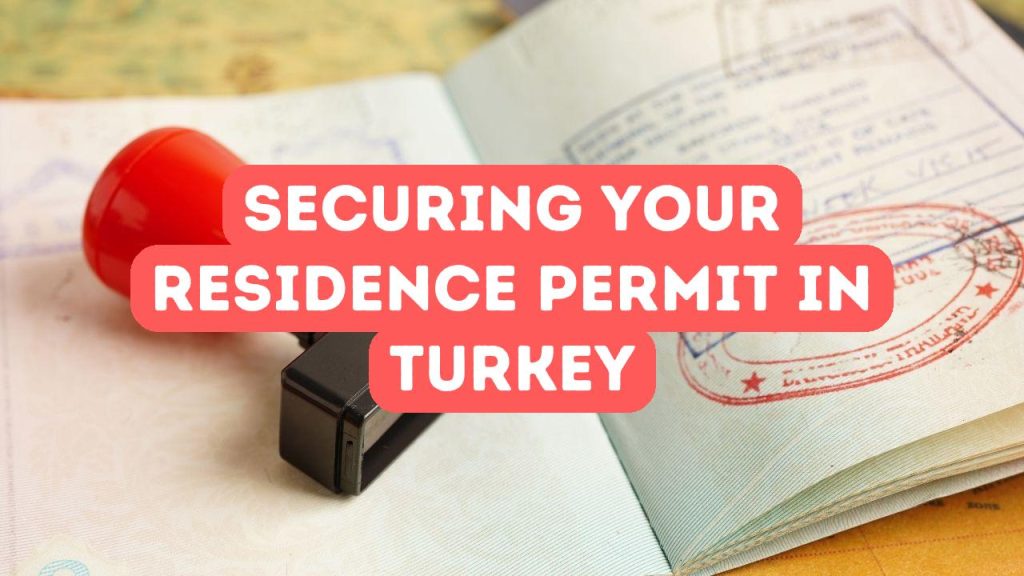Exploring Turkey’s Underrated Urban Escapes
Tucked away in the Marmara region, Bursa, the first capital of the Ottoman Empire, offers an escape into an ambiance steeped in history and lush serenity. Renowned for its ski resorts on Mount Uludağ and its thermal baths, Bursa effortlessly blends leisure with a deep cultural fabric. Residents benefit from the local industry, primarily in textiles, while savoring the delight of the city’s signature dish, İskender kebab, and the surrounding fertile lands that produce some of the country’s best peaches and chestnuts. The city’s emphasis on green spaces, with parks such as Kültürpark and botanical gardens, enables a life close to nature yet full of urban conveniences, representing an ideal balance for those looking to slow down without stepping away from the thrum of city life.
Further south along the Aegean coast, the city of Ayvalık captivates with its historic charm and maritime flair. This hidden port town is dotted with olive groves and surrounded by crystal-clear waters, including a plethora of inviting islands such as Cunda Island (Alibey Island) accessible by a short causeway or boat trip. Ayvalık’s narrow, cobblestone streets are lined with traditional stone houses that testify to its Greek heritage, now converted into quaint cafes and boutique hotels. The local cuisine serves up a delightful array of seafood, olive oil-based dishes, and the famous Ayvalık toast, a must-try street food. With its relaxed lifestyle, rich cultural scene including music and art festivals, and the allure of residing in a town where sunsets paint the horizon in vibrant hues, Ayvalık presents a serene but culturally rich locale for those looking to blend tranquility with a zest for life.
Venturing into the heartland of Anatolia, the city of Kütahya emerges as a charming destination often overshadowed by its more prominent neighbors. Noted for its exquisite ceramic tiles and pottery that adorn Ottoman mosques and palaces, Kütahya invites residents to partake in a creative legacy dating back to the Phrygians. The city’s architecture showcases a wealth of history, with a well-preserved castle, traditional Ottoman houses, and a myriad of museums that safeguard the tales of bygone eras. The thermal springs at nearby Yoncalı and Harlek offer a touch of spa-like indulgence. Living in Kütahya allows for an experience of genuine Turkish hospitality, where community ties remain strong and local bazaars brim with handcrafted goods, all set against a backdrop of rolling hills and clear blue skies—a quintessential retreat for those yearning for a peaceful life, enriched by the rhythms of historical depth and artisanal tradition.
Embracing the Charm of Turkey’s Overlooked Cities
Nestled along the sapphire coast of the Aegean, the city of Ayvalık beckons with its cobblestoned charm and Grecian-flavored architecture – a legacy of its multicultural history. This coastal haven, though less trodden than Turkey’s famed resorts, offers a tranquil escape in the embrace of olive groves and azure waters. Residents delight in the slow pace of life, marked by leisurely seafood meals by the marina, afternoon strolls through the historic streets lined with Ottoman-era houses, and the weekly bazaar where community ties are as rich as the local olives on sale. Living in Ayvalık is about capturing the essence of pastoral life while remaining connected through the modern conveniences discreetly woven into its quaint townscape.
Further inland, the town of Safranbolu preserves a snapshot of Ottoman Turkish life with its well-preserved heritage homes and winding lanes. Declared a UNESCO World Heritage site for its historical significance, Safranbolu is a living museum where every home tells a story of archaic elegance and each alleyway hosts whispers of the past. Residents are custodians of tradition, practicing age-old crafts and continuing to operate the town’s famed confectioneries and saffron trade. Life in Safranbolu is less about the rush of modernity and more about the appreciation of meticulous restoration, cultural preservation, and the intimate feel of a community that prizes its collective heritage. This picturesque locale invites those who wish to ensconce themselves in history while contributing to the tapestry of a culturally rich and unhurried daily life.
Ascending the terraced hills of the Black Sea region, one stumbles upon the enigmatic city of Amasya. With its ancient rock-cut tombs watching silently over the verdant river valley, Amasya represents a serenity that is both dramatic and intimate. Ottoman mansions reflect gracefully on the Yesilirmak River, offering a mesmerizing view that has inspired poets and travelers for centuries. Inhabitants of Amasya are steeped in a way of life that values the rhythms of nature, the cultivation of succulent fruits, and the quietude of an evening walk along the riverbank. The city’s rich historical tapestry, ranging from Hellenistic ruins to Seljuk bridges, affords residents a deep sense of place and continuity. Here, life unfolds at a pace dictated not by the call of commerce but by the timeless cycle of seasons and the enduring bonds of community, making Amasya an embodiment of the tranquil existence found within Turkey’s overlooked urban tapestries.
Beyond Istanbul: Discovering Turkey’s Quiet Urban Havens
Tucked away on the azure coast of the Aegean Sea lies the tranquil city of Ayvalık. A stark contrast to the perpetual motion of Istanbul, this serene haven invites you to a slower, more contemplative way of life. Strolling through its cobblestone streets, you’re greeted by the harmonious blend of Greek and Turkish architecture, a legacy of its multicultural history. Ayvalık’s markets brim with locally produced olive oil and artisanal soaps, enchanting one with their earthy scents. The gentle hum of daily life here is often accompanied by the melodic chatter of locals, who gather in traditional kahvehanes to play backgammon under the shade of olive trees. Offering a seamless integration with nature, Ayvalık also serves as the gateway to the idyllic Cunda Island, further asserting its potential as an ideal locale for seekers of peace and cultural richness.
Venturing further inland, the city of Kastamonu emerges, nestled amidst the verdant landscapes of the Black Sea region. Unmarred by the trappings of tourism, this hidden jewel’s charm is rooted in its Ottoman-era houses and pristine natural surroundings. Here, daily life waltzes to the rhythm of the meandering rivers and the sounds of wildlife from the nearby Ilgaz Mountains. Kastamonu is renowned for its culinary specialties, such as the age-old tradition of ‘siyez’ bulgur and the distinctive taste of Çekme helva. Life in Kastamonu is punctuated by historical treasures like the 12th-century Byzantine castle, which offers panoramic views that underscore the town’s subtle fusion of nature and history. For those who venture here, Kastamonu presents an enviable pace of life where community ties are strong, and the wealth of its culture can be savored in the simple joy of its everyday.
Residing in the heartland of Anatolia, the city of Eskişehir is a testament to Turkey’s ability to weave the contemporary with the traditional. This city boasts a vibrant student population that contributes to its dynamic energy and innovative spirit. Alongside modern universities and bustling cafes, one finds the historic Odunpazarı district, where colorful Ottoman-era houses are repurposed into art galleries and museums. The Porsuk River, lined with walking paths and quaint bridges, offers a picturesque setting for leisurely promenades. Eskişehir’s commitment to the arts and education is palpable, with cultural festivals and street performances animating its urban scene. Despite its progressive flair, Eskişehir remains grounded in the Turkish ethos, offering markets filled with artisan crafts and local delicacies like balaban kebap. It’s a city where the past is honored amidst forward-looking aspirations, making it an alluring choice for those who appreciate the balance of calm sophistication with a hint of cultural exuberance.






